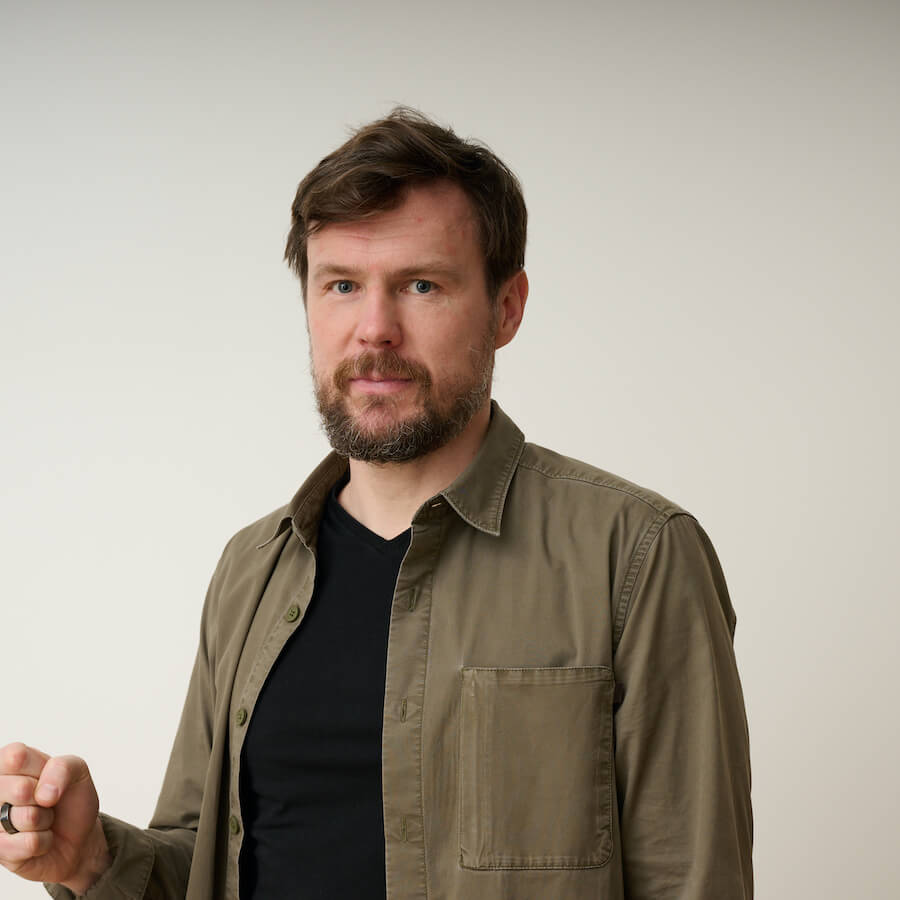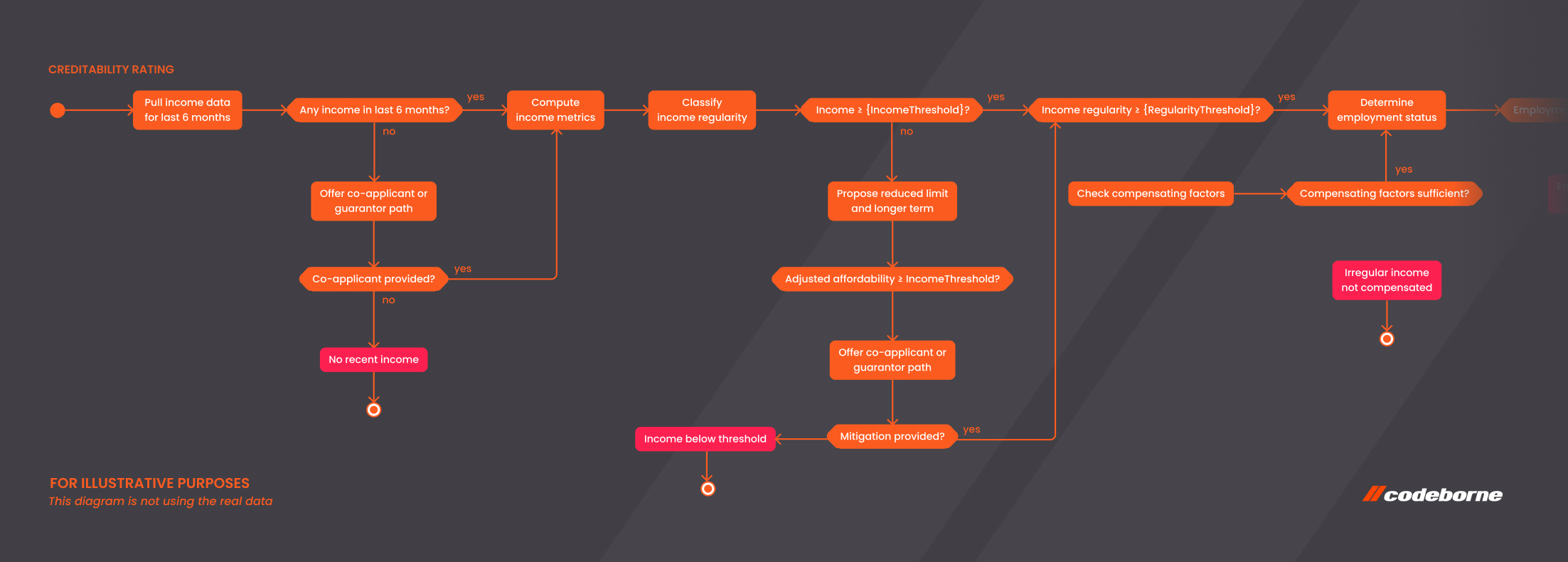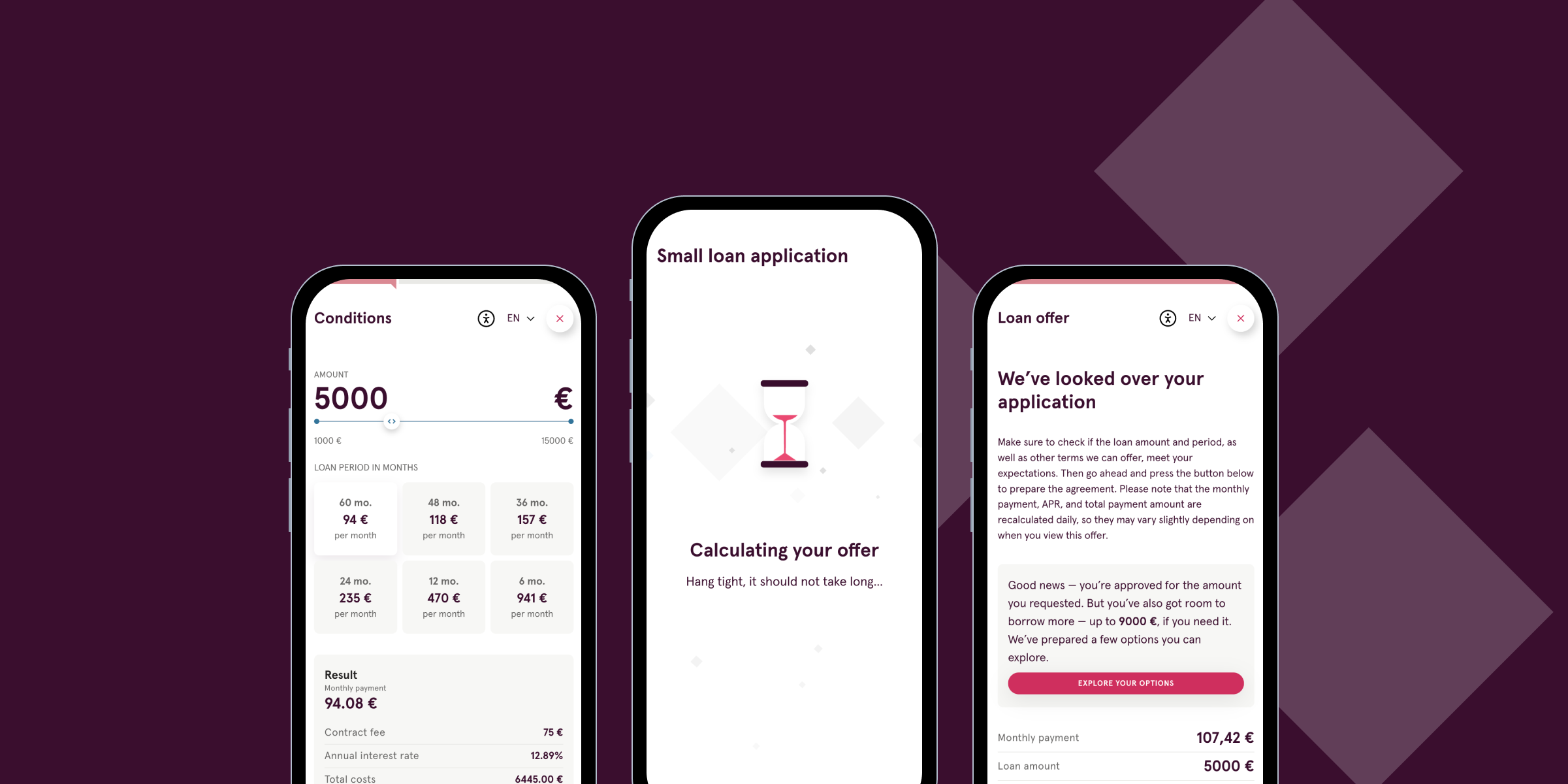Unleashing the power - How Creos partnered with Codeborne to change Luxembourg's energy sector
Creos Luxembourg involved Codeborne in its journey to modernize Luxembourg’s energy sector
Starting from the basis of building a centralized data hub called LENEDA and going all the way to integrating innovative energy-sharing groups into the new platform, Creos promises a dynamic shift in Luxembourg’s energy landscape.
Have you ever wondered how electricity is reliably supplied to your homes?
Operating behind the scenes is a critical entity known as a Transmission System Operator (TSO), tasked with managing the high-voltage electricity grid. This role is vital in ensuring the seamless transmission of electricity across various regions and countries. Besides its role as electricity and gas TSO, Creos also assumes the role as main electricity and gas Distribution System Operator (DSO) and delivers the energy to end customers.
A robust and secure system holds paramount importance for any grid operator. Thus even the smallest step in the development has to be carried out with keeping security in mind.
Codeborne has had previous experience with such a domain by partnering with the Estonian TSO company Elering to implement the nationwide data hub system. The Elering platform manages electricity consumption data, grid, metering points, customers, contracts, and interchanging the metering data and contract info between all market actors in Estonia. Among other use cases this data is used to later send out the electricity and grid invoices to everybody in Estonia. The system runs to the present day.
Creos Luxembourg partnering with Codeborne
Drawing from Codeborne’s experience with Estonia’s TSO, Creos Luxembourg joined forces with Codeborne to upgrade Luxembourg’s energy framework. Creos has been leading the charge in Luxembourg’s energy sector since 2009, expertly managing the essentials like electricity and gas, while innovating for a greener future.
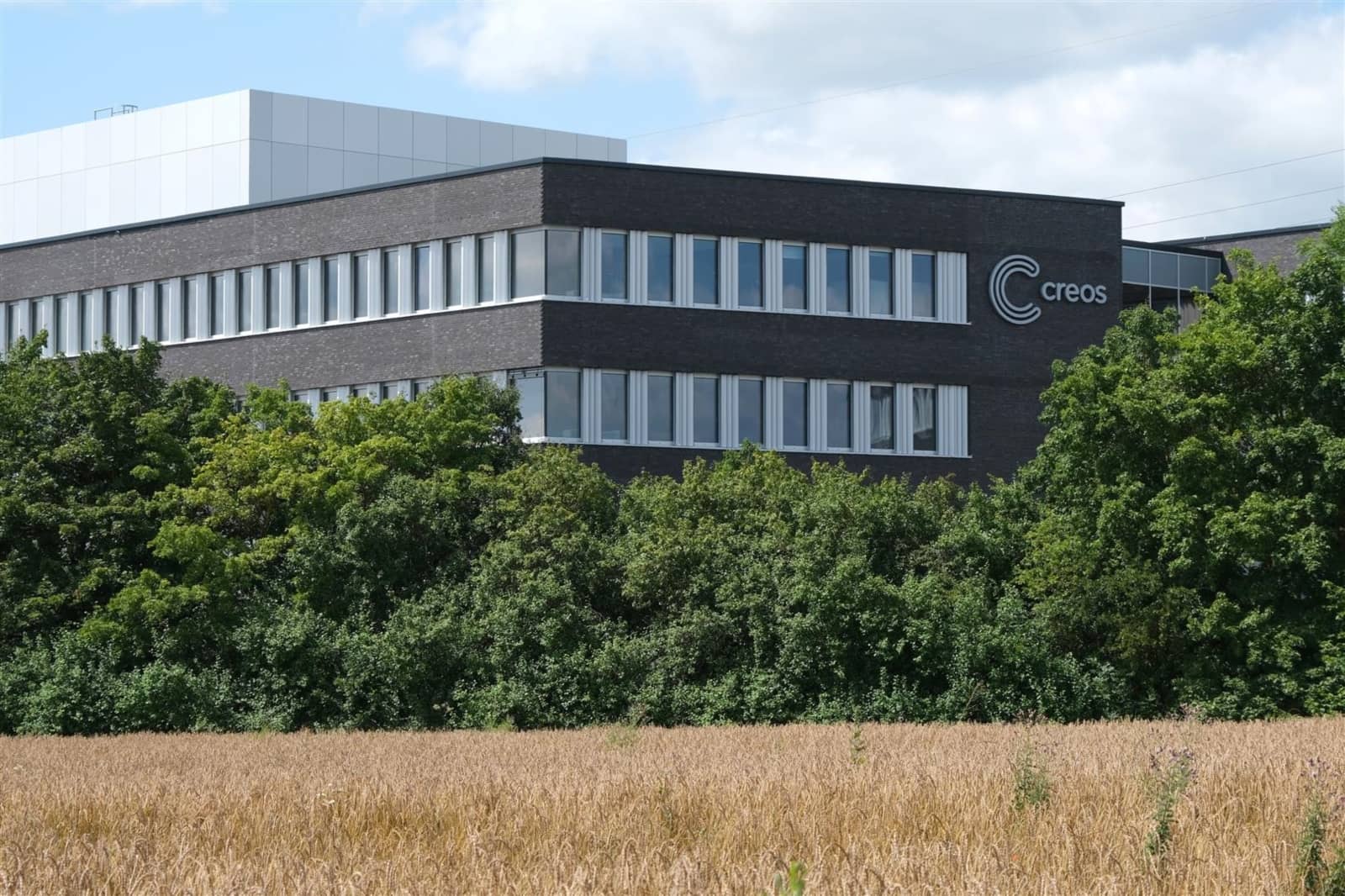
The main challenge of the system and the solutions
The primary challenge within Luxembourg’s energy infrastructure stems from the existence of separate systems and databases for each entity engaged in delivering energy to households.
At the time of this writing, Luxembourg is served by 3 different gas DSOs and 5 different electricity DSOs interconnecting various gas and electricity suppliers.
Now, picture the demand for every system to seamlessly integrate with every other energy system across the entire country. That’s quite a hurdle!
The presence of multiple systems and databases gave rise to several pressing concerns:
- Data quality
- Complexity of adding new market actors (e.g. supplier, DSO, balancing responsible, etc.) to the energy system
- Complexity of implementing new regulative changes through the whole energy system
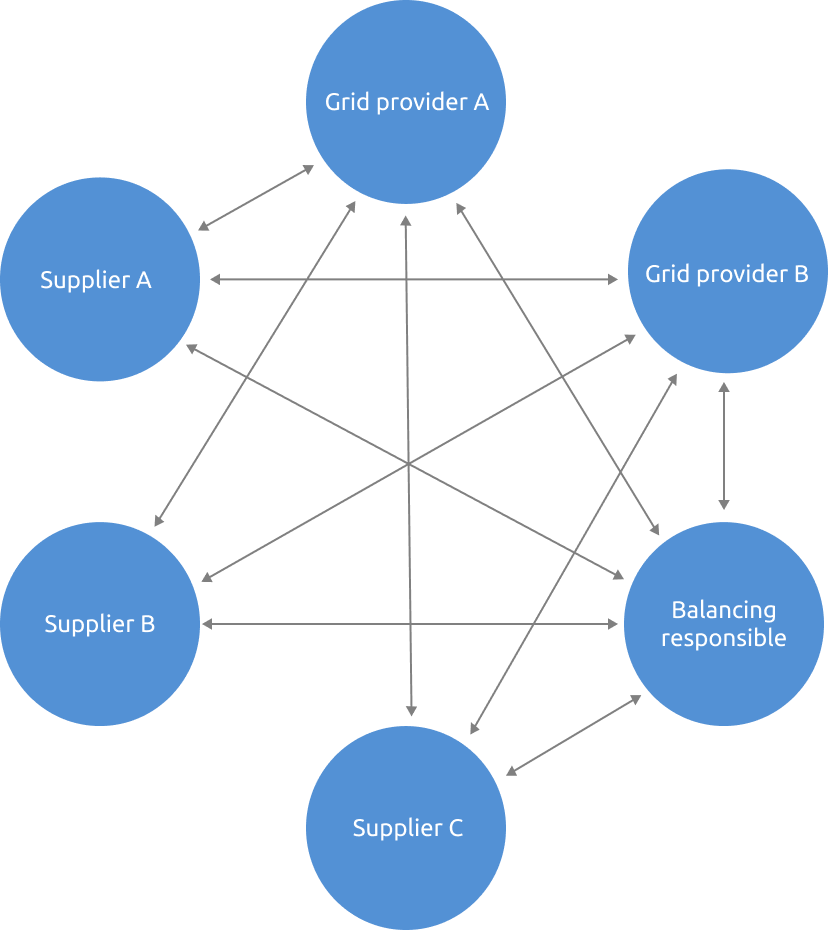
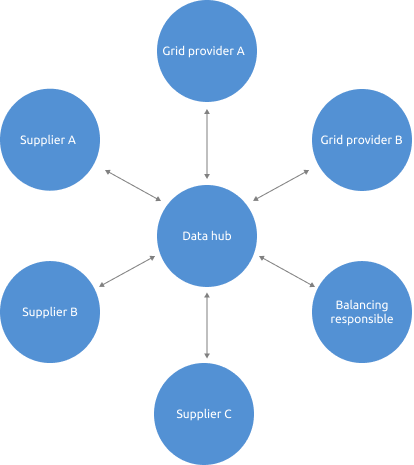
How to solve these issues?
The foremost necessity was to create a centralized data hub under Creos’ management. This hub would store and manage all Luxembourg information related to electricity and gas consumption, production, metering points, and customer data, ensuring the cleanliness and accuracy of its data. As a result, all market actors would need to integrate only into a single system (see the visual above).
Ultimately, the agenda encompassed the following components:
- Tracking of customer and metering point data nationwide, including metering devices and consumption/production information.
- Implementing an auditing system to monitor and track any changes made within the system.
- Calculating energy shared within sharing groups.
- Establishing a simple API for seamless integration with all partners.
- Guaranteeing fast system performance
- And doing all of the above at a bank grade security level
In addition, the centralised system enables easy implementation of regulatory changes and various subsidies (e.g. green subsidies), as well as the operational delivery of benefits to the customer.
Other aspects of the project
Big Data
The system had to guarantee rapid performance while managing substantial data volumes. The metering data storage contains comprehensive information for each metering point in every building in the country, capturing data for any given time. Processing such an amount of data can be a challenge. We used TimeScaleDB engine, which is specifically designed for handling such use cases. By leveraging TimeScaleDB, we ensure that heavy queries and complex calculations involving metering data perform like a flash.
Data quality
Another challenge that arose was the assurance of high-quality customer information data. To tackle this issue, the system is integrated with Luxtrust (the Luxembourgish equivalent of Estonian Smart-ID) to validate the name and birthdate of the person to make sure the system is interacting with the right person. This integration allowed us to fetch customer data accurately and avoid any errors in the process.
Since Luxembourg currently lacks a publicly available unique identifier for every individual (like the Estonian ID code), market actors have decided to assign a unique identifier for each energy user in the country. This identifier, known as Energy ID, is issued by Leneda. It allows the system to uniquely identify every person and eliminates the risk of duplications within its database.
Result
In the end, Creos Luxembourg now has a fully localized platform available in four languages: English, French, German, and Luxembourgish. The platform provides a clean and intuitive user interface designed for both system back-office employees and end customers. Moreover, the application includes a well-organized and standard API, constructed using well-known API design patterns. This approach makes it easy for external parties to understand and integrate with the platform.
Bringing sharing groups into the new system
In Luxembourg, when solar panels are installed on a rooftop to generate electricity for shared use, the arrangement is legally defined as a sharing group. These groups can include multiple participants—both energy producers and consumers. In Luxembourg, an important benefit of a local sharing group is that the energy produced by the sharing group is consumed without the grid fee.
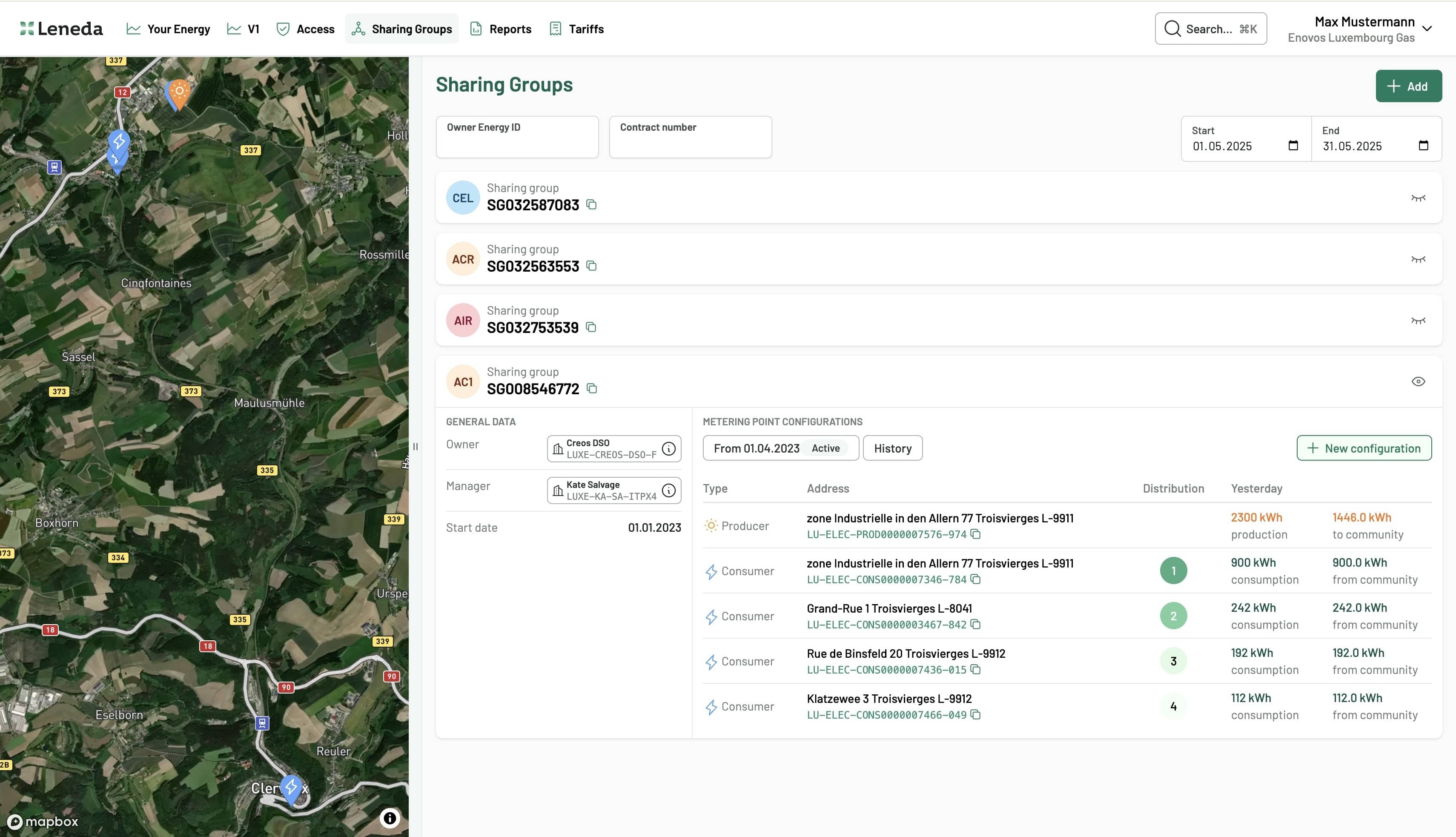
For example, if an apartment building installs solar panels and distributes the generated power among residents, various stakeholders may be involved: some solely consuming energy, others producing it, and some doing both. With multiple parties involved, determining how the shared energy—and the associated savings—should be allocated isn’t always straightforward. That’s why Luxembourg’s regulatory framework introduces the concept of a sharing group to define the roles and rules for such collaboration. And this only begins to illustrate the complexity of the model.
The complexity and the changing legislative environment made the development of sharing group functionality quite demanding. Codeborne’s main goal was to enable real-time calculation of shared energy within and between different parties and sharing groups.

Looking back and to the future
Although it has been a challenging path with sizable data quantities, stringent security requirements and novel ways of sharing energy, both Creos and Codeborne have enjoyed the journey.
So far Creos is using both the old energy infrastructure and the new centralized data hub in-parallel. The full transition to the new system goes step-by-step as it is highly critical infrastructure. And this only marks the beginning of Creos’ vision to transform Luxembourg’s energy sector.
Codeborne is happy to be part of this big energy infrastructure transition story with our software engineering and project management knowledge.
Collaborate with us to modernize your energy systems for the future
Our recent stories
“Backing up” a good product owner
One of the key players in most successful agile projects is a product owner, at least in Codeborne’s practice. Our practice stretches for more than 15 years, during which we have successfully delivered over 100 projects.
Unleashing the power - How Creos partnered with Codeborne to change Luxembourg's energy sector
Creos Luxembourg involved Codeborne in its journey to modernize Luxembourg’s energy sector
Consumer loan system - live in 6 months
Our customer, Luminor, a bank formed from the merger of Nordea’s and DNB’s Baltic operations, sought to modernize its systems.
